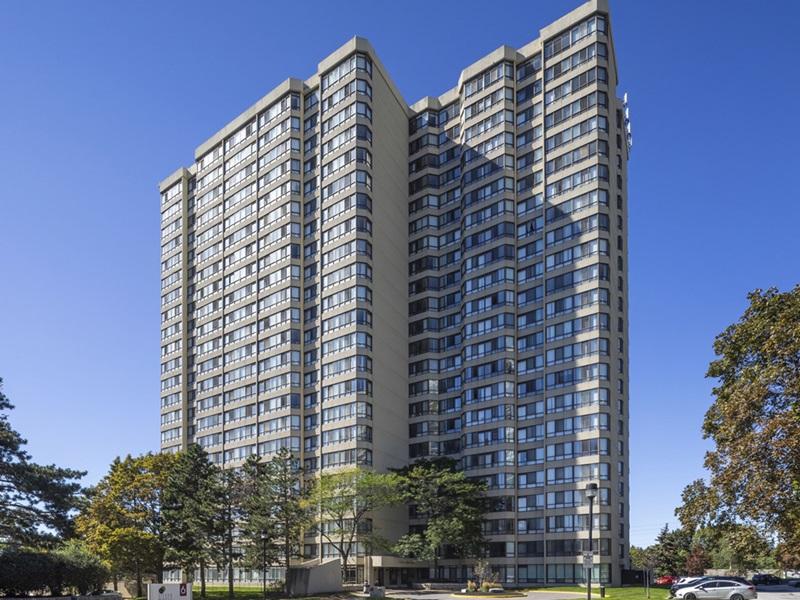Joint ventures have always existed and they are making a comeback now that the market is uncertain: not taking the risk alone may be worth taking less of the profit in the long term.
The following are the most common partnerships we see in apartment building transactions and our advice on how to handle the sale process for each.
Inherited partnerships
These are joint ventures structured by the previous generation (usually family) and inherited by children (usually cousins). Delicate by nature due to family dynamics, they are usually most successfully run by only one or two of the second generation, while the rest of the family becomes “passive” in the partnership.
These partnerships can run smoothly as long as there is trust in the family structure and as long as all parties are in agreement about keeping the asset.
Once a sale discussion takes place, it is rare all family members would be 100 per cent on board with selling the asset, or in agreement with the ultimate price that should be achieved.
The active partner usually seeks control over the sale process as they feel more qualified to do so. The rest of the partners would either grant this control, resist or insist on being involved at some level. The last two options can render the sale process lengthy and harder to navigate.
Sweat/Equity-type partnerships
Apartment buildings rarely run themselves. In this type of partnership, an experienced managing partner invests together with an equity partner.
The equity partner’s share of investment is usually much larger, but they are “silent” in the day-to-day operations and management such as selecting tenants, administering rent increases, addressing building code requirements, awarding building contracts, etc.
Where we see complications is when the sweat partner is tired of running the building and wants to cash in on the profits while the silent partner does not want to sell (why would they? They are passively accumulating wealth).
Navigating the sale process: Inherited
The sale process can be complex even for an ultimate owner (where one owner can pull the trigger on any decisions), let alone for a partnership. Here are some elements to consider for an easier exit:
If you are the active partner in an inherited partnership, take the time to explain the day-to-day operations of managing the building, building expenses, gross vs. NOI, how assessment is different than value etc.
Get more than one quote for work you need to do in order to prepare the building for sale (such as environmental testing) and discuss the best option with your family. Do this way in advance of an actual sale; family can usually “sense” when the others may want out – or may need to cash in their equity.
It is generally not a good idea to offer to “buy them out” unless the family dynamics are so strong there is no doubt of fair pricing, but this is rarely possible irrespective since the active partner almost never feels they should be paying “market price” for a building they have managed for years.
It is important for all to remember only the current market “makes the price” – not the owners, nor the broker, nor the appraiser, and not even the last comparable sale. We find that every three to four months the market becomes different and the players change. For example:
* larger buyers may have changed strategy in the product they buy, i.e. older vs. newer assets;
* smaller players may have already tied up deals and be short on capital for the next year or so.
Only by exposing the asset to the then-active buyers can a fair price be achieved. Most families select a bid-date process, because this ensures they get the best offer – the sale process is longer, but we believe worth it in the peace of mind of every partner.
Navigating the sale process: Sweat/Equity
Create a clear exit structure up front. Avoid agreeing to the shotgun clause, which is mostly beneficial for the partner with more cash (this is usually the silent partner).
A good exit strategy is to include in the original partnership agreement that the property will be marketed and sold at the end of a five-year or 10-year loan if a return reaches a certain minimum pre-determined threshold.
As well, when structuring such arrangements, ensure the sweat partner has the latitude to run the building the way they see fit, since requiring the input from the silent partner adds stress and delays.
For example, making a decision to spend on a major extermination is time-sensitive. A tenant board case may need the involvement of a lawyer and therefore incur legal fees for the partnership, etc.
When preparing the building for sale, re-involve the silent partner in agreement on quotations. Even though they may not have been involved in the past, they may appreciate “knowing what’s going on” toward the end.
In conclusion
Always keep an exit strategy in mind when setting up a partnership.
In the case of inherited partnerships, a good practice could be to confirm keeping the status quo every couple of years. This way, the non-active partners can feel involved in the decision to sell, whenever it may come.
Baron Realty specializes in matching buyers and sellers of apartment buildings. Ramona works in partnership with Mikael Kurkdjian and a team of real estate professionals to bring the best boutique-brokerage services to the apartment transactional space in Ontario and Quebec. ramona@baronrealty.ca











